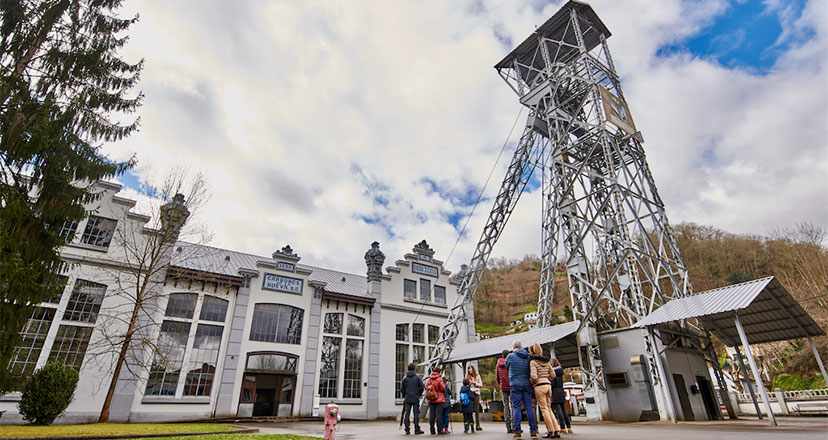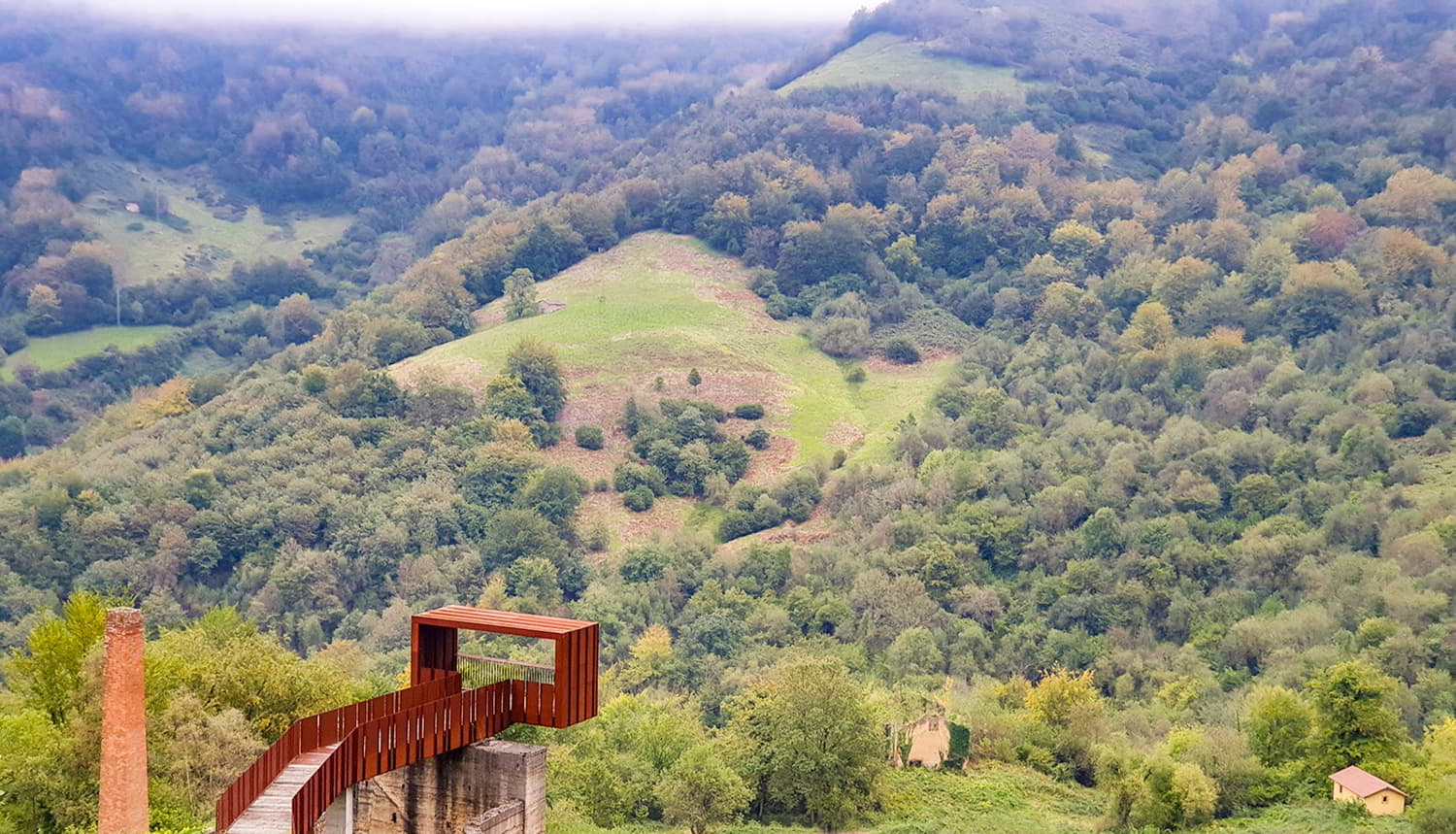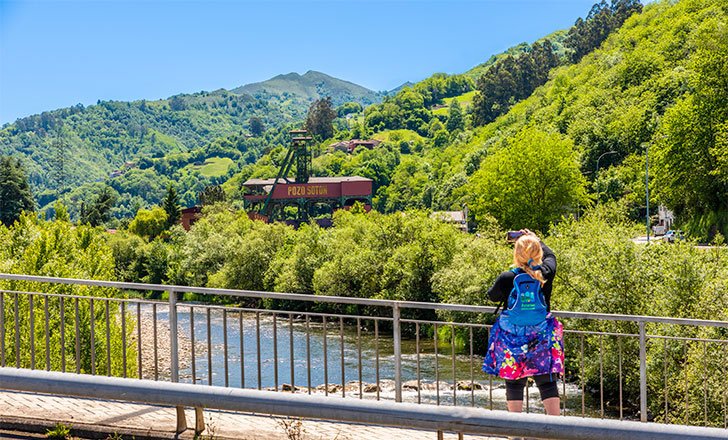Back 8 hiking routes through the history and industry of Asturias
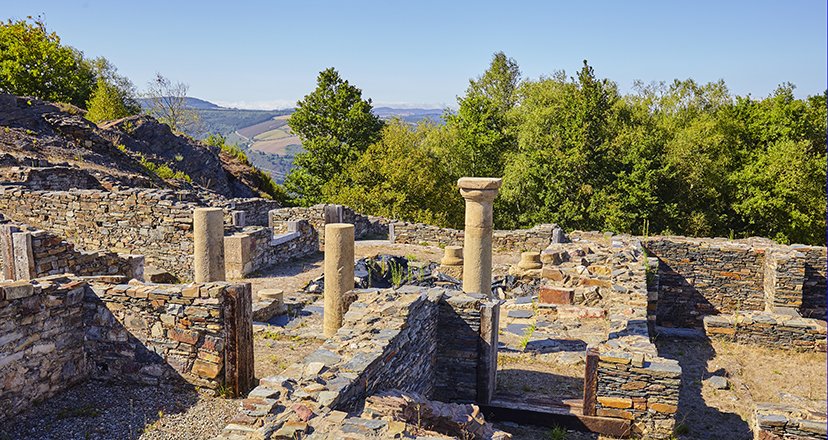
8 hiking routes through the history and industry of Asturias
Asturias has many enjoyable routes in the heart of nature, where you can discover its rich industrial and cultural heritage.
There is no need to choose: in Asturias, at least, it is not necessary. Here, the sea and the mountains kiss, the cities are surrounded by villages, and heritage and the environment always go hand in hand. So in this proposal, which covers a large part of this "natural paradise", culture is discovered on foot, walking through spaces where you can still feel the human effort to make the most of this land rich in coal, iron and water. Because if anything characterises this territory, it is the breadth and depth of mining activity, which unleashed a spiral of activity in which metallurgy and electricity production also reached notable heights. What used to be railway trenches are nowadays pleasant greenways and, as a whole, the privileged view is made up of the industrial heritage, a reflection and forge of a community.
Our West is always seductive: as authentic as it is still - for many - unknown, which is why we make it almost the protagonist in these lines aimed at those of you who are looking for those best-kept secrets.
The Railway Route in San Tirso de Abres
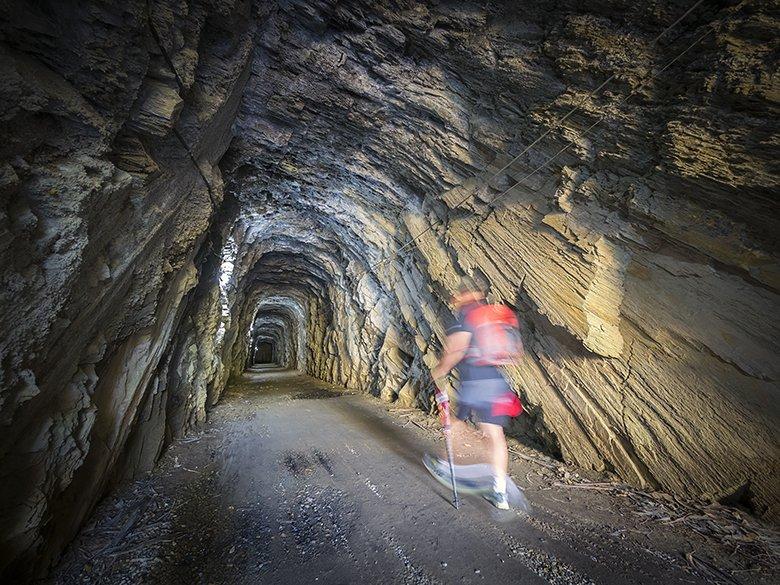
In the seam that links us with Galicia, the railway route in San Tirso de Abres (P.R.-300) is an essential thread, a trace on the territory of the extraction of iron, and its conduction in wagons from Villaodriz to Ribadeo. The greenway runs between the capital of the council and the O Cairo stream, which we can cross to reach Pontenova (now in Lugo), where the old iron ore calcination furnaces stand (here we are already on tarmac).

In its almost 6 km of route in Asturias, on the banks of the Eo, we discover old buildings (station, power station, coal warehouses), tunnels and lush vegetation. It is accessible and ideal to enjoy by bike and with the family.
Teixo-Os Texois route in Taramundi
The cradle of Spanish rural tourism: Taramundi, stone and water, is today a must for those in search of the charm of the primitive: proto-industry, an ethnological jewel in which mallets, forges and fulling mills are the beads, and the rivers, their setting.
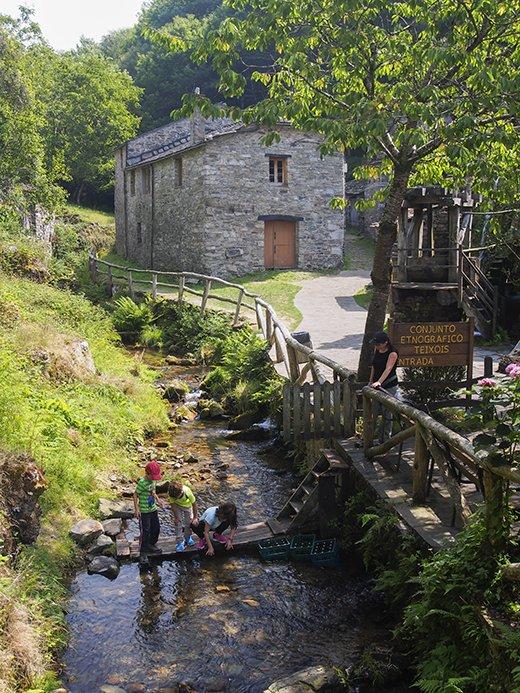
The ethnographic site of Os Teixois seduces all those who visit it with the magic of an exceptionally preserved village, where all these elements, which here acquire the category of Asset of Cultural Interest (BIC), are brought together. The circular route that we propose, which starts and returns to O Teixo (P.R.-102.1) is an excellent way of getting to know it, together with its surroundings: the As Mestas stream, the chestnut woods, and the hamlets such as Santa Mariña, which form part of a route of medium difficulty (there is a considerable gradient), of about 10 kilometres, in which a visit to the hydraulic complex is essential.
San Martín de Oscos and the Carmina mine
A former land of monasteries, on the border of Asturias, the region of Los Oscos was affected by industrialisation and minerals such as iron were extracted from its entrails, which explains a number of names (such as Ferreirela de Baxo, with the birthplace of the Marquis of Sargadelos, whose visit we recommend).
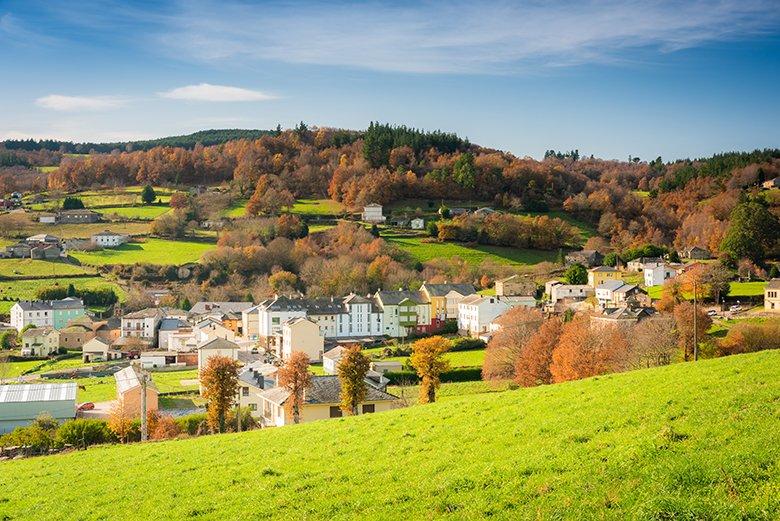
There are several options to visit it, but we chose the most travelled one: the one that starts in San Martín de Oscos, crosses the river of the same name, goes up the slopes of Mount Marón and, among leafy forests, reaches Villarín de Trasmonte, and from there leads us, by means of a track, to the Carmina Mine; another road that comes from Ferreira, through As Talladas, crosses here and in both cases the destination is the old mining exploitation. Lead and zinc were extracted in the 20th century, and since 1962 it has been abandoned: the place is solitary and allows us to imagine the difficult task of those men, being able to walk through some illuminated galleries and appreciate the old slag heap, stable, forge, hopper... like shadows of the past.

Somiedo, the La Malva power station and the Castro route
At the dawn of the 20th century, Somiedo was still a fascinating territory, where teitos and cattle huddled between the mountains of what is now a Natural Park.
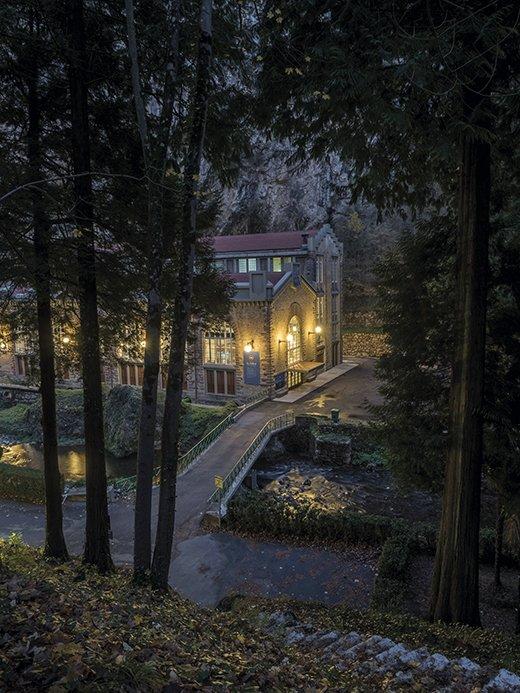
The construction of a forced waterfall there, with its weir in the lakes, to feed the imposing La Malva power station was no doubt a feat: 105 years of turning water into light. This stone fortress is still in operation and has a museum area that can be visited by reservation. Immediately in front of this airy construction, there is a small recreational area (fountain, tables and benches, car park) from which the Castro route (P.R. -13) starts, which we invite you to follow. Of little difficulty and about 4 kilometres, it allows you to enjoy nature, varied and magnificent, with the cave of La Malva and the surrounding forest area: from broom to holm oaks, from hazelnut trees to meadows... In short, a joy for anyone.
The treasures of Grandas de Salime and its route to Villarpedre
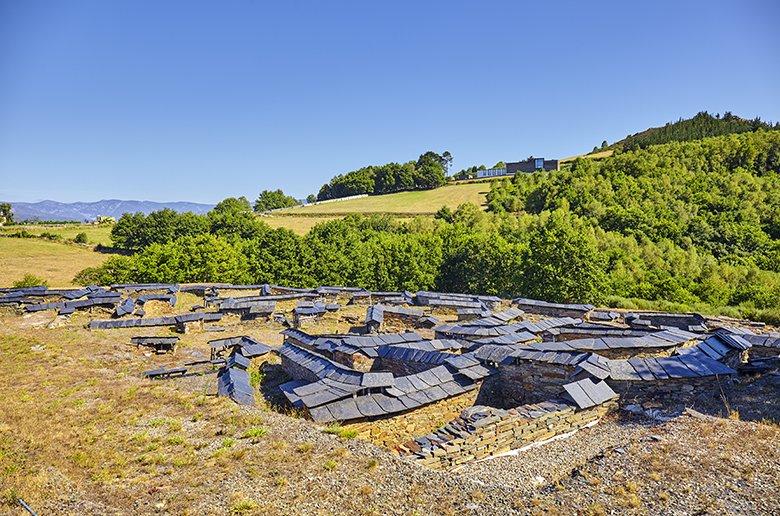
Grandas de Salime treasures magnificent resources: the Chao Samartín, an archaeological landmark, an Ethnographic Museum where you can see the value of tradition, and the spectacular reservoir and hydroelectric power station, which marked its incorporation into the industrial world.

It could be described as a work of titans, but the grandiose result is the sum of the painstaking efforts of a swarm of people who transformed this place forever, where engineering multiplies the value of the landscape. The power station, which is still in service, can be visited by reservation and the majestic dam (over 120 metres high) can be seen from the overpass or the viewpoints that dwarf the visitor. From there there is a route to Villarpedre, a wine-growing area, with the added charm of doing part of the route by boat (consult timetables), from the Pénjamo wharf: a journey back in time suitable for everyone.
The Texeo mine in Riosa
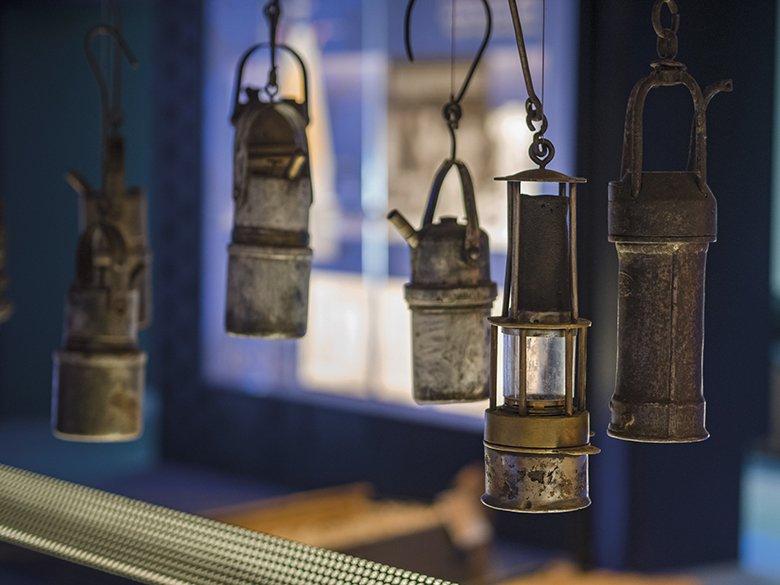
In the heart of Asturias, in the foothills that cyclists strive to climb on their way to the Olympus of L'Angliru, we can discover the traces of metal mining in the Texeo complex (Riosa). The primitive prehistoric galleries are superimposed on the modern workings that allowed the extraction of copper: the route is well worth the effort, some 8 kilometres with a gradient of almost 600 metres, suitable for those who enjoy hiking and the mountains. Starting from Llamo, where the car park is located, we start the route towards Rioseco (a partially restored 19th century settlement, with its recreational area and explanatory panels) from where we ascend, through the old treatment plant, towards the sinkhole (lower access to the mining group). We will also see the remains of the overhead cable and, above it, the old Neolithic mines, which should not be entered.
The impressive industrial heritage of the Turón Valley
Asturias is undoubtedly identified with coal, and those who come to visit us are always looking for a lamp to enlighten them in this dark world that is about to disappear. An excellent approach to this landscape and activity can be found on the Turón valley greenway: it runs from the Reicastro siding to the Güeria d'Urbiés and, along its more than 10 kilometres, it links old production facilities, some of which are in a good state of conservation and others of which can be visited. The mining landscape imposes itself with its surprising agglomeration of nuclei that almost form linear towns, but also nowadays empty villages, among chestnut and oak woods, with the tailings dumps next to the river that gives its name to the valley.

Its low difficulty makes it easy for those who walk or cycle to discover, successively, the San Inocencio, San Vicente, San José and Santa Bárbara wells, while they enter a historic territory. There is the option of booking a guided tour, which starts at the La Rebaldana shaft (1890s), passes through the Espinos shaft, with its peculiar extraction tower, and culminates in the spectacular Fortuna powder magazine: a unique way of transcending the territory of coal.
The infinite charm of the North Path that leads us to Llumeres
And finally, we take you to the shores of the Bay of Biscay, to the foothills of Peñes: a beacon for Asturians and foreigners alike. Cliffs and meadows overlooking the sea, and you can walk along the "Senda Norte".

We are particularly attracted by the section that, from Lluanco/Luanco (where the Maritime Museum of Asturias, dean of Asturian museums, has a valuable collection that tells us about the very important riverside carpentry), ascends and declines towards Moniello, continues through Bañugues, crosses El Monte and reaches the cove of Llumeres: in this enclave, on the beach itself, we find the longest exploitation of our history. Iron and saltpetre together, more than half a century of abandonment, and facilities that, although protected as Cultural Heritage Inventory of Asturias, are a pale reflection of what they once were. The descent from the recreational area to the jetty, photogenic as few others are, will show us the remains of what were once changing rooms, storage, workshops, mine entrances, etc., while the explanatory panels will help us to understand it better.
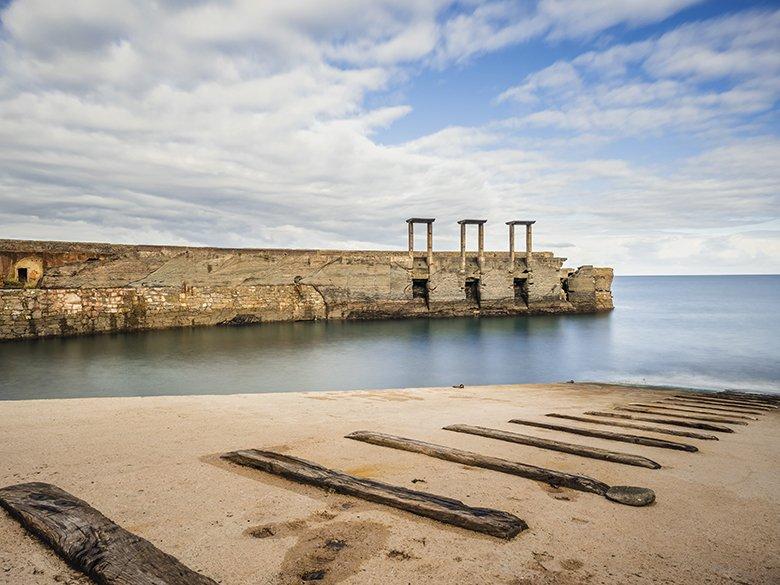
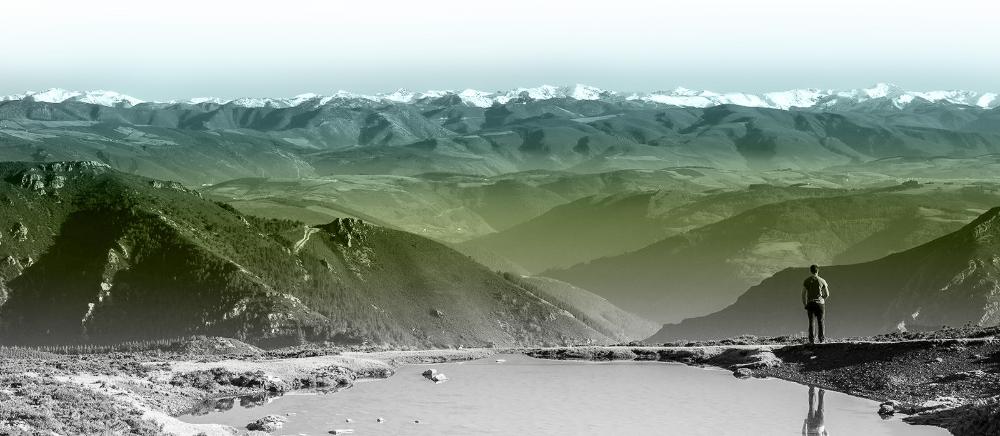
Subscribe to our newsletter and take advantage of offers, discounts, and news
Subscribe

